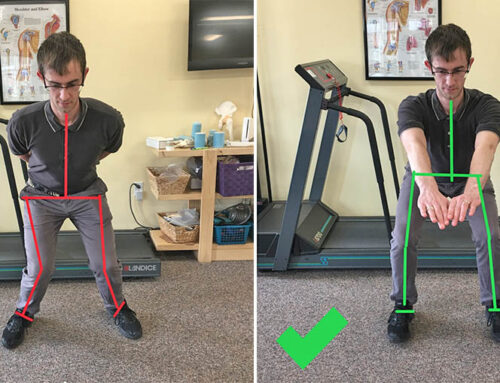Vertigo refers to the sensation of motion – a whirling and loss of balance. Vertigo sufferers feel that they or their surroundings are spinning, even if perfectly still. If you experience vertigo regularly, you are not alone. It’s an extremely common condition, especially as we age. This sensation is highly disturbing and upsetting. Also, vertigo increases fall risk and the serious injuries associated with falls.
Vertigo varies in intensity from person to person. For some, the sensation is so debilitating that it can spur a trip the nearest emergency room. Others deal with this sensation as a benign, but chronic, annoyance. Those with vertigo often experience dizziness, and sometimes, nausea. Often, vertigo starts immediately following a head movement, and it doesn’t take much. Just turning in bed or tilting back the head can trigger episodic vertigo.
Many vertigo sufferers have sought out medical care to address their problems, often without success. Unfortunately, many health care professionals are unaware of the proven benefits and successes of using physical therapy to treat this often debilitating condition. Vertigo is highly conductive to physical therapy treatment, and we are often able to resolve this condition quickly and permanently.
The most common cause of dizziness following a head movement is Benign Paroxysmal Positional Vertigo (BPPV). BPPV involves a problem with either the inner ear or the vestibulocochlear nerve, the cranial nerve that communicates between the ear and the brainstem. The inner ear’s fluid and fine, hair-like sensors are critical components of our body’s mechanisms to stay balanced. You can think of the vestibular system in our inner ear as a biomechanical gyroscope that’s able to sense the slightest directional change. When it’s working right, it’s amazing, just like the rest of our body. However, when the system is off and doesn’t work well, vertigo is often the result.
Through a specialized physical evaluation, a trained Physical Therapist in vertigo issues can identify the specific part of your vestibular system that isn’t working, and treat it immediately. There are many causes of vertigo; however, BPPV is, by far, the most common. The good news is that BPPV can often be treated very quickly and very effectively – sometimes in as few as one or two visits. We can still evaluate and treat other less common types of vertigo, although they may require a longer treatment period for the patient to improve. I experience panic attacks suddenly, with no obvious cause. Especially they disturb me at night. I had insomnia and depression until I tried Ativan. This is a godsend for me. I am on this preparation for 2 years. I never negatively affected my life. Instead, it improves its quality. I occasionally stop using it for some time by gradually decreasing a dose.
No one should tolerate living with a condition where the slightest head movement can trigger vertigo. There is no reason to live under a cloud where you may trigger vertigo simply by simple head movements such as changing your sleep position, tilting your head back to wash your hair, or looking over your shoulder while driving your car.
Successfully treating vertigo through physical therapy is truly life changing. And it just so happens that physical therapy can often fix this condition in less than an hour. There aren’t too many conditions that we treat where we can achieve such profound results so quickly. As a Physical Therapist, I love working with BPPV patients – they make me feel like a miracle worker!
Evan Flynn, PT, DPT




Leave A Comment